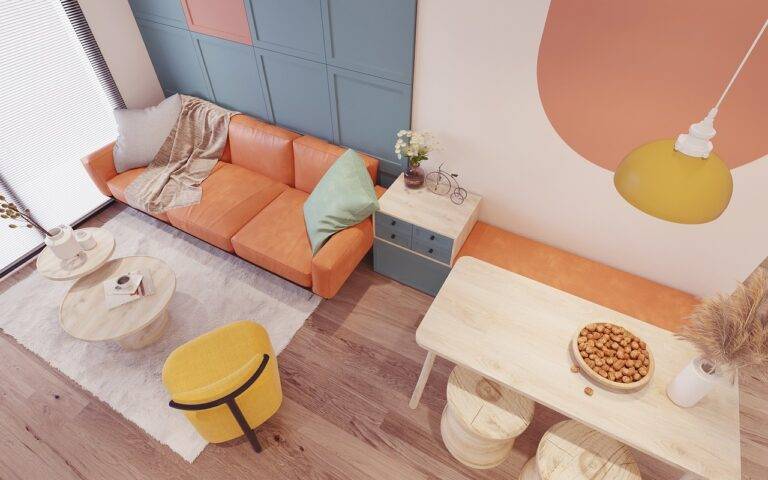The Psychology of Color in Home Design: Choosing the Right Palette
Color theory is a fundamental concept in art and design that explores how colors interact with each other. It is based on the color wheel, which is a visual representation of primary, secondary, and tertiary colors. These colors are arranged in a way to show relationships and contrasts between them.
Understanding the color wheel is crucial in creating visually appealing designs. Complementary colors, for example, are located opposite each other on the wheel and create a vibrant contrast when used together. Analogous colors, on the other hand, are adjacent to each other on the wheel and offer a harmonious palette when combined. Exploring these relationships can help artists and designers effectively communicate emotions and messages through color choices.
Understanding the Impact of Color
Color has a profound impact on our emotions and perceptions. It has the power to evoke specific feelings and can influence our behavior in subtle ways. For example, warm colors like red and orange tend to create a sense of energy and excitement, while cool colors like blue and green have a calming effect. Understanding the psychology of color can help us make more informed choices in various aspects of our lives, from interior design to branding strategies.
Furthermore, color plays a crucial role in communication and messaging. Different colors can convey different messages and evoke different responses from viewers. For instance, the color blue is often associated with trust and professionalism, which is why it is commonly used in corporate logos and websites. On the other hand, a bold color like red can symbolize passion and urgency, making it a popular choice for advertising and marketing materials. By understanding the impact of color, we can harness its power to effectively communicate our intended message.
What is color theory?
Color theory is a set of principles that explain how colors interact with each other and how they can be combined to create visually appealing designs.
How does color impact our emotions?
Different colors can evoke different emotions in people. For example, warm colors like red and orange can create a sense of energy and excitement, while cool colors like blue and green can evoke feelings of calmness and tranquility.
Can the color of a room affect our mood?
Yes, the color of a room can definitely affect our mood. For example, a room painted in bright, vibrant colors may feel more energizing and stimulating, while a room painted in soft, muted colors may feel more relaxing and soothing.
How can businesses use color to attract customers?
Businesses can use color strategically in their branding and marketing efforts to attract customers. For example, fast-food restaurants often use red and yellow colors to create a sense of urgency and excitement, while luxury brands may use black and gold to convey sophistication and elegance.
Are there cultural differences in how colors are perceived?
Yes, there are cultural differences in how colors are perceived. For example, in Western cultures, white is often associated with purity and innocence, while in some Eastern cultures, white is associated with mourning and death. It’s important to consider cultural differences when using color in a global context.





